Mexican cartels are employing increasingly sophisticated tactics along the U.S.-Mexico border, including the use of unmanned aerial vehicles (UAVs), reports the NY Post. These cartel drones serve multiple purposes, from surveillance to potential attacks. In the Sonora region, just south of Arizona, rival criminal groups have been observed using explosive-laden drones against each other.
The frequency of drone sightings near the border is alarming. Estimates suggest over 1,000 UAVs cross into U.S. airspace monthly, raising significant national security concerns.
“I don’t know the actual number — I don’t think anybody does — but it’s in the thousands,” Air Force Gen. Gregory Guillot, commander of North American Defense Command and US Northern Command, said in a Senate Armed Services Committee hearing. “We … probably have over 1,000 a month.”
These incursions highlight vulnerabilities in current border monitoring systems, which were primarily designed to detect larger aircraft.
Law enforcement agencies face new challenges as cartels leverage this technology. Border Patrol agents report drones being used to monitor their operations, potentially compromising the effectiveness of their efforts to curb illegal activities.
This tactic allows criminal organizations to adapt quickly to enforcement strategies.
The threat extends beyond mere surveillance. In parts of Mexico, such as Michoacán, cartel-operated drones have been used in attacks, resulting in casualties among Mexican military personnel.
Cartel Drones Threat at the Border
The proximity of these activities to U.S. territory underscores the urgency of addressing this evolving threat.
Key concerns include:
- Intelligence gathering by cartels
- Potential for cross-border attacks
- Drug smuggling facilitation
- Interference with law enforcement operations
U.S. lawmakers are taking notice of this emerging threat. Proposed legislation aims to enhance the nation’s capability to counter unmanned aerial systems (CUAS).
These efforts include:
- Creating specialized task forces
- Implementing new detection technologies
- Conducting military exercises to simulate drone threats
- Improving coordination between defense and homeland security agencies
The current radar systems, while effective for tracking commercial aircraft, struggle to detect smaller, low-flying drones.
This limitation extends to domestic military installations, many of which lack adequate sensors for identifying miniature UAVs.
Experts stress the need for a comprehensive approach to border security that incorporates advanced drone detection and countermeasures. This may involve:
- Upgrading existing radar systems
- Deploying specialized anti-drone technologies
- Enhancing inter-agency cooperation
- Developing new Legal frameworks for addressing aerial incursions
The drone threat is not confined to the southern border. Similar concerns exist along the northern border with Canada, prompting calls for a unified strategy to protect U.S. airspace from all directions.
As criminal organizations continue to adopt cutting-edge technologies, law enforcement and defense agencies must evolve their tactics accordingly. The use of drones by cartels represents a significant shift in the landscape of border security and drug trafficking operations.
The implications of this technological arms race extend beyond immediate border concerns. The potential for drones to be used in various criminal activities, from smuggling to acts of terrorism, necessitates a proactive and adaptable security posture.
As the situation evolves, ongoing research and development in counter-drone technologies will play a crucial role. Innovations in electronic warfare, signal jamming, and kinetic interception systems may provide new tools for combating this aerial menace.
The drone threat at the border exemplifies the dynamic nature of modern security challenges. It underscores the need for agility in policy-making and technological adoption to stay ahead of criminal innovations.
The featured image is for illustration purposes only.
Discover more from DroneXL
Subscribe to get the latest posts sent to your email.

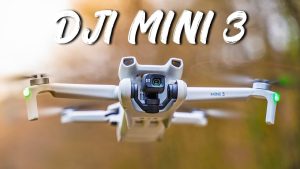






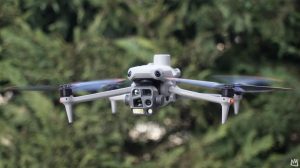

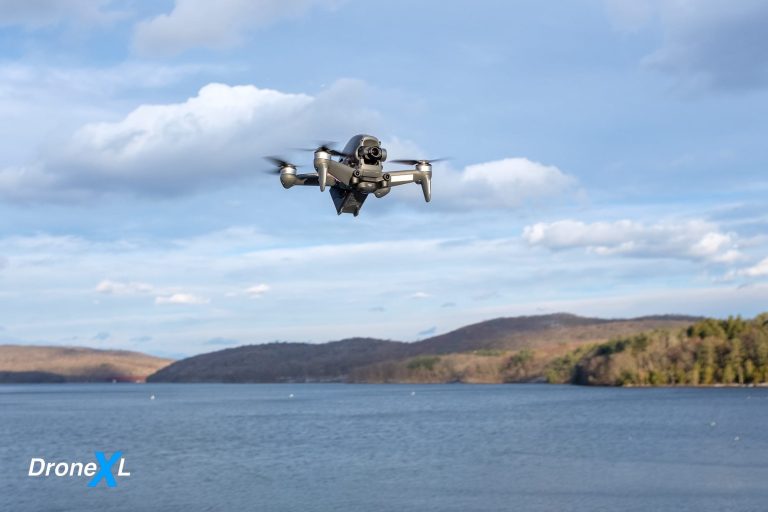
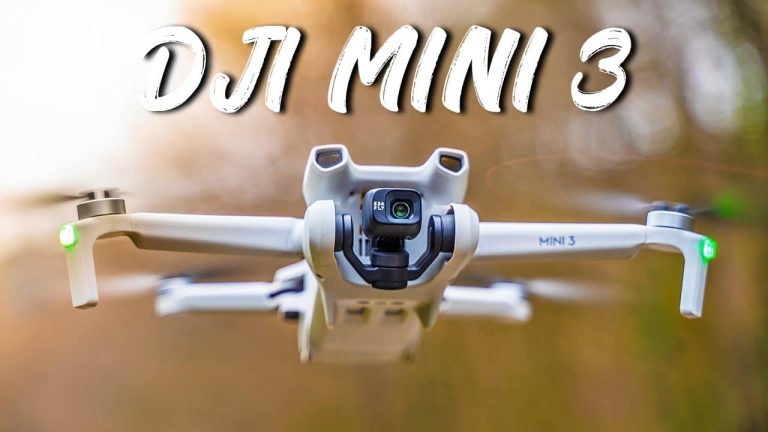

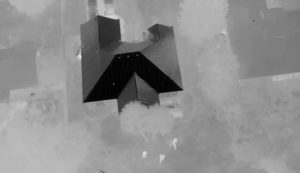

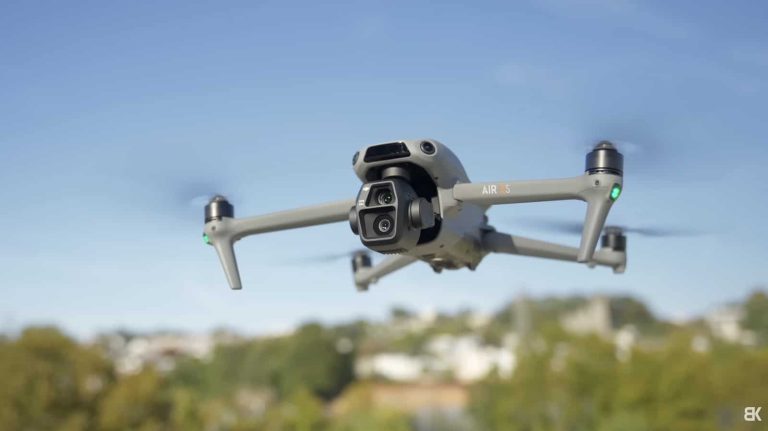
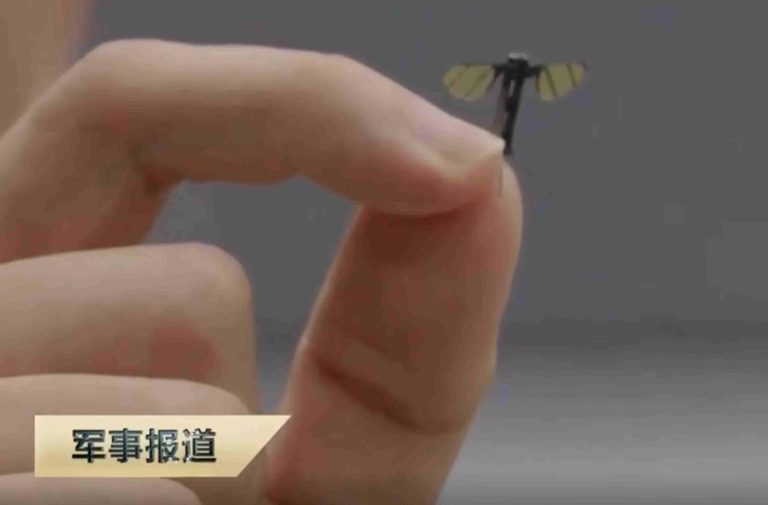

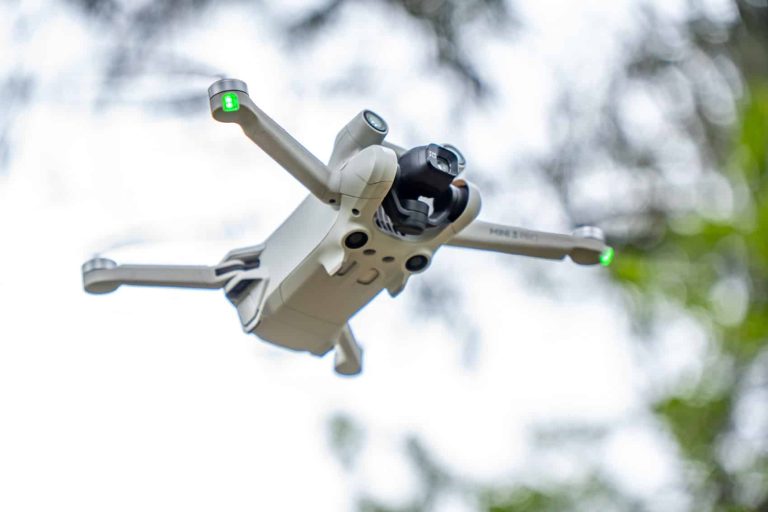
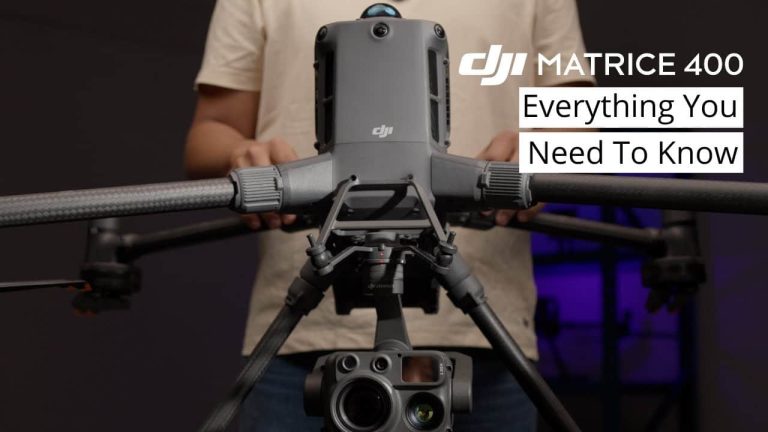
+ There are no comments
Add yours